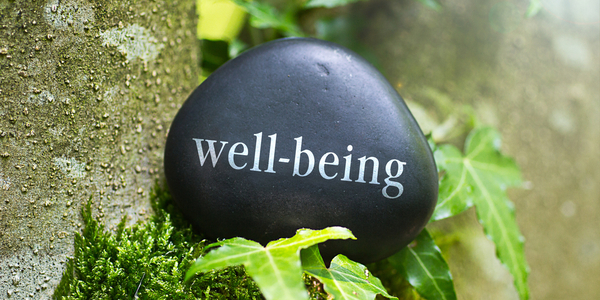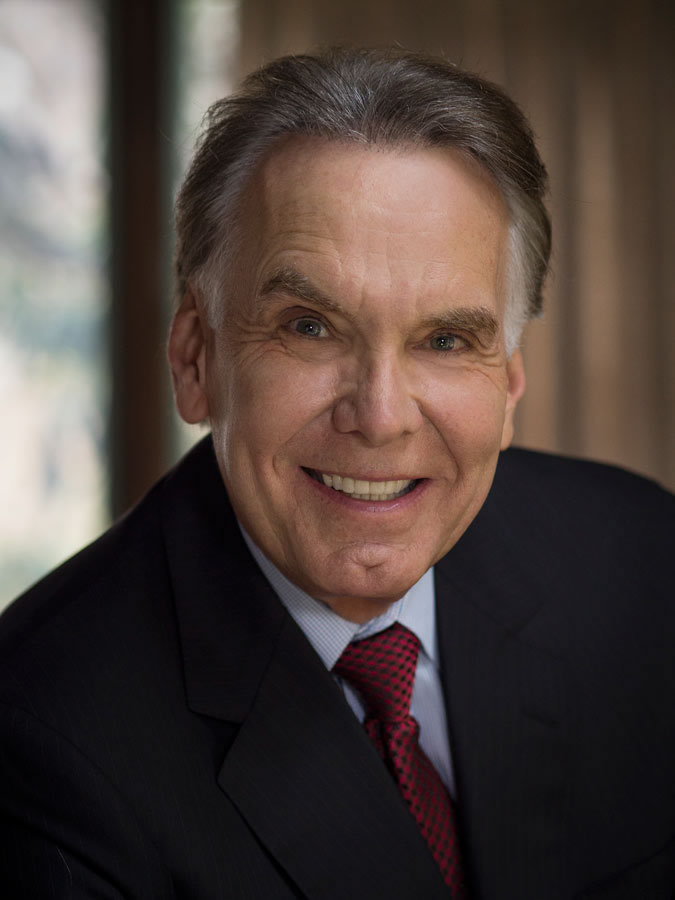Three Strategies for Emotional Well-Being during COVID-19
The way I see it, if you want the rainbow,
you gotta put up with the rain.– Dolly Parton
Emotional Well-Being is such an important concept in the lives of so many individuals. So important in fact, that one of the first questions I have asked thousands of private coaching clients and workshop attendees is, “Is there anyone here, who as of now has not been able to handle what life has thrown your way?”
I have NEVER heard “yes.” Why is that? Humans are far more resilient than people give themselves credit for.
This does not mean that millions of individuals in this Coronavirus world are not experiencing depression, confusion, and tremendous stress (the response to a threating situation), anxiety (the reaction to stress) and pain.

If you apply these strategies for Emotional Well-Being, you will not only have a happier, healthier life, you will set an example for others to model
Fear is always the gateway to plunging into the dark side of thoughts, lingering regrets, taking inappropriate action or inaction. So, learning strategies to mute fear is a must.
We humans DO NOT like uncertainty. We are genetically wired to create a reality where we feel we have some sort of control, even if the control is mostly illusory. That’s the reason we set goals and make plans. When we see our plans crushed, many do not react in a positive, creative way – what I call ‘serial planners’.
Many of us, unconsciously, have made decisions that determine how our day will go – what time to get up, what to have for breakfast, what chores to do, what to wear to work, what to buy at the food store, etc. Now, most of these have been blown apart and new decisions have to be made on the fly.
Life is what happens while you are busy making other plans.
– John Lennon
We are wired for comfort and certainty
From an evolutionary standpoint, when something changes in the world that we thought was permanent, or change impacts our routine, our brains shift into in to a protective mode, arguing against the change. Whether the change is good for us or not, our unconscious goes into a survival mode and calls upon our energy reserves to answer the question, “Will it hurt me? What must I do to protect myself?”
My workshop attendees acknowledged they had been able to handle the most severe crisis. You too can choose to trust your inherent capacity to handle whatever change is thrown your way and adapt.
So, please, do not underestimate your ability to adapt. Keep in mind that when you stubbornly cling to ‘what was’, you undermine your ability to see new possibilities.
Here are strategies to help you create a smoother path to your future
1. Ask yourself a question and project yourself into the future.
Close your eyes take a deep breath and ask yourself, “In 10 years, how will I want to remember telling the story of how I responded to this crisis?”
Roxane Cohen Silver, Ph.D. (a professor in the Department of Psychology and Social Behavior, Department of Medicine, and the Program in Public Health at the University of California, Irvine) has been actively involved in research, teaching, mentoring and administration since 1989. She corroborates that focusing on the future, rather than the past, is what ultimately helps us cope with difficult experiences
J. Peter Scobli (co-founder and principal of Event Horizon Strategies) defines this form of strategic visualization: “It’s aim is not to predict the future but rather to make it possible to imagine multiple futures in creative ways that heighten our ability to sense, shape, and adapt to what happens in the years ahead. Strategic foresight doesn’t help us figure out what to think about the future. It helps us figure out how to think about it.”
Which brings me to one of my favorite quotes by Albert Einstein: “Imagination is a preview of life’s coming attractions.”
In Today’s era of volatility, there is no other way but to re-invent.
The only sustainable advantage you can have over others is agility.— Jeff Bezos, Amazon Founder
2. Take Action!
Taking a positive action, no matter how big or small, can help change to a positive mindset.
My suggestion is to start small. Do something that is so easy that you will accomplish it. The idea here isn’t that your problem will disappear but rather to shift your thinking to believe that what you do matters. This, in turn, ramps up your ability to control what you can control and let go of the rest.
Make a new plan! Even if your options are limited, you will reduce your stress and anxiety by making a plan and taking action.
Remain flexible and be willing to pivot on a dime, change course and begin again.
3. Reframe your thinking.
Reframing is a technique used in coaching and therapy to help create a different way, a shift in perspective, of looking at a situation, person, or relationship by changing its meaning.
The essential idea behind reframing is that a person’s point-of-view depends on the frame it is viewed in. When the frame is shifted, the meaning changes and thinking and behavior often change along with it.
Another way to understand the concept of reframing is to imagine looking through the frame of a camera lens. The picture seen through the lens can be changed to a view that is closer or further away. By slightly changing what is seen in the camera, the picture is both viewed and experienced differently.
Below is a link to an article I wrote specifically on how to reframe:
At one time or another, we have all had our assumptions blasted apart and our intentions crushed. Those that live exceptional lives shift how they view these experiences so they can focus on growth.
We can’t deny all the hardship and heartache in this turbulent time. However, you have far more resilience, creativity, and strength of character than you can imagine.
Everyone is in this together. If you apply these three strategies for Emotional Well-Being, you will not only have a happier, healthier life, you will set an example for others to model.
IMAGINE THAT!

James Mapes is the founder of Quantum Leap Thinking™, creator of The Transformational Coach™, expert on the psychology of “applied imagination,” best-selling author, highly acclaimed business speaker, consultant, seminar leader and personal excellence coach.
